First the plants, then their seeds
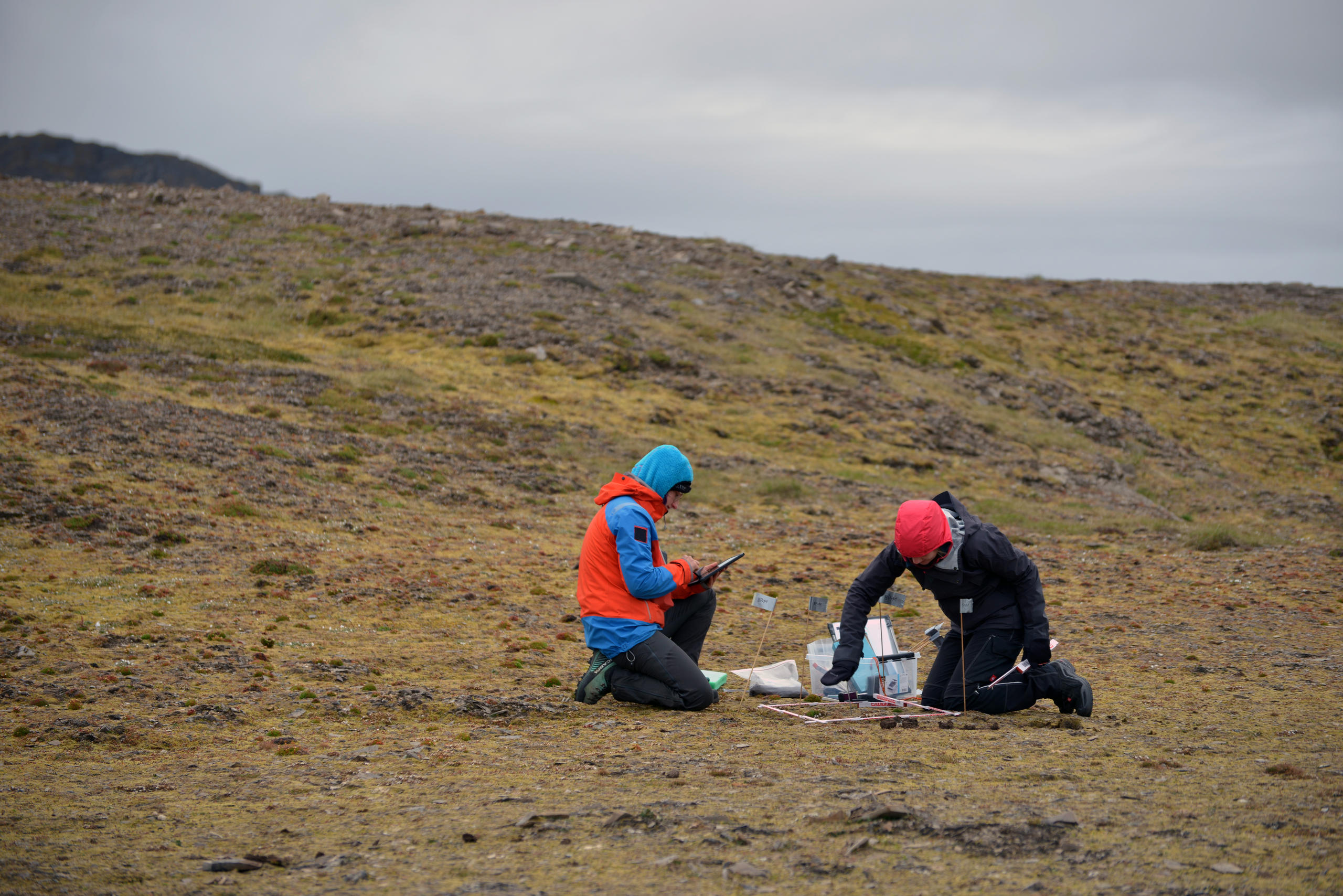
We were often uncertain about what we were looking at as we walked through the study sites. Many plants were either very young or much smaller than described in the identification book we had with us. The poorly developed soils and the low nutrient content are only two reasons why these plants are often so small and stunted. Also, the harsh environmental conditions as the cold temperatures, permafrost and the short summer season play an important role. The shape differed sometimes too, which made it much harder for us to directly identify certain species. In these cases, we took the specimens back to our hostel or boat to look at them in more detail in the evenings.
2MB field notes from Svalbard

2MB – that was the daily amount of data our bloggers from the Antarctic were originally allowed to send us via satellite about their research on microplastics. Data transmission is also limited for our current set of bloggers Lena Bakker, Sigrid Trier Kjaer and Jana Rüthers (left to right), three PhD students at the ETH Zurich who are investigating Arctic greening on the Norwegian archipelago of Svalbard. Arctic greening is a process initiated by global warming and driven locally by soil chemistry, thickness and age.
We had a closer look with a magnifying glass and discussed all together. If we still couldn’t identify them, we dried them in a plant press to take them back home. Our Norwegian collaborator and expert in Svalbard’s flora, Kristine Bakke Westergaard, took the “hard cases” to compare them with other species she had already collected in previous times.
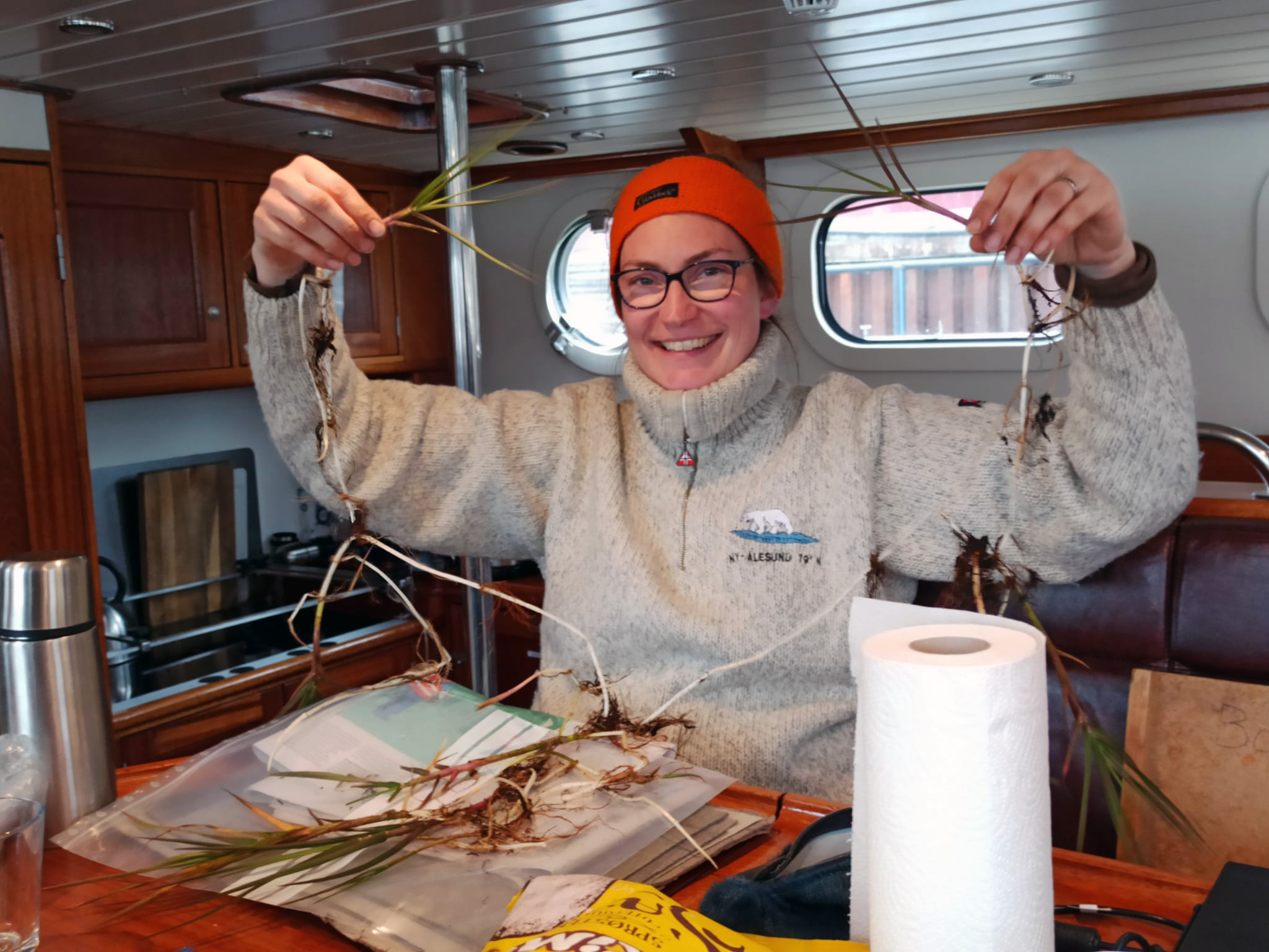

At our study sites close to the human settlements of Barentsburg and Pyramiden, where the soil had been disturbed by agriculture and imports, the identification process was easier. But not necessarily in a positive way: Some species we already knew from home, like yarrow, wintercress, common buttercup and the garden speedwell. They grew and spread widely there.
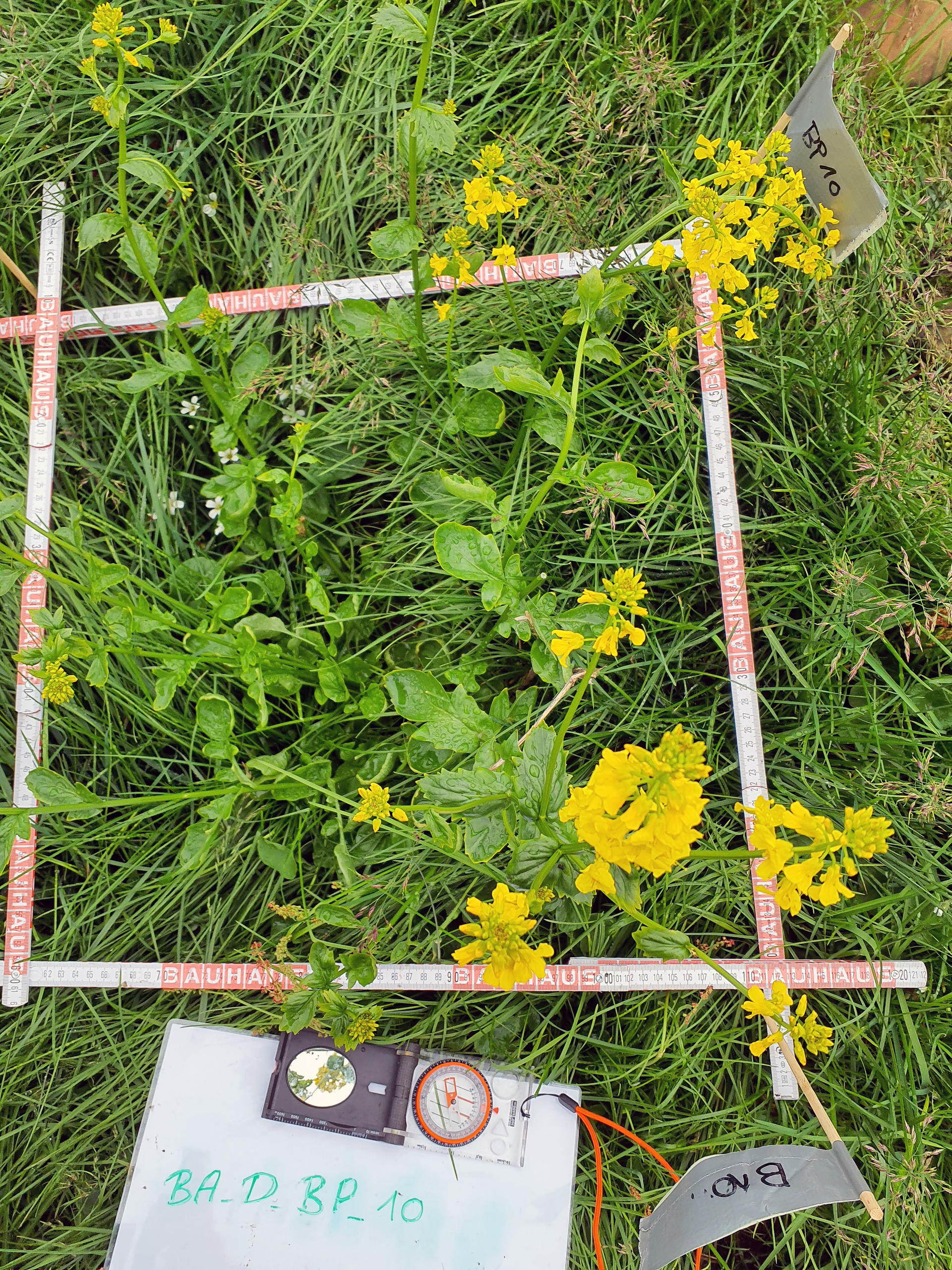
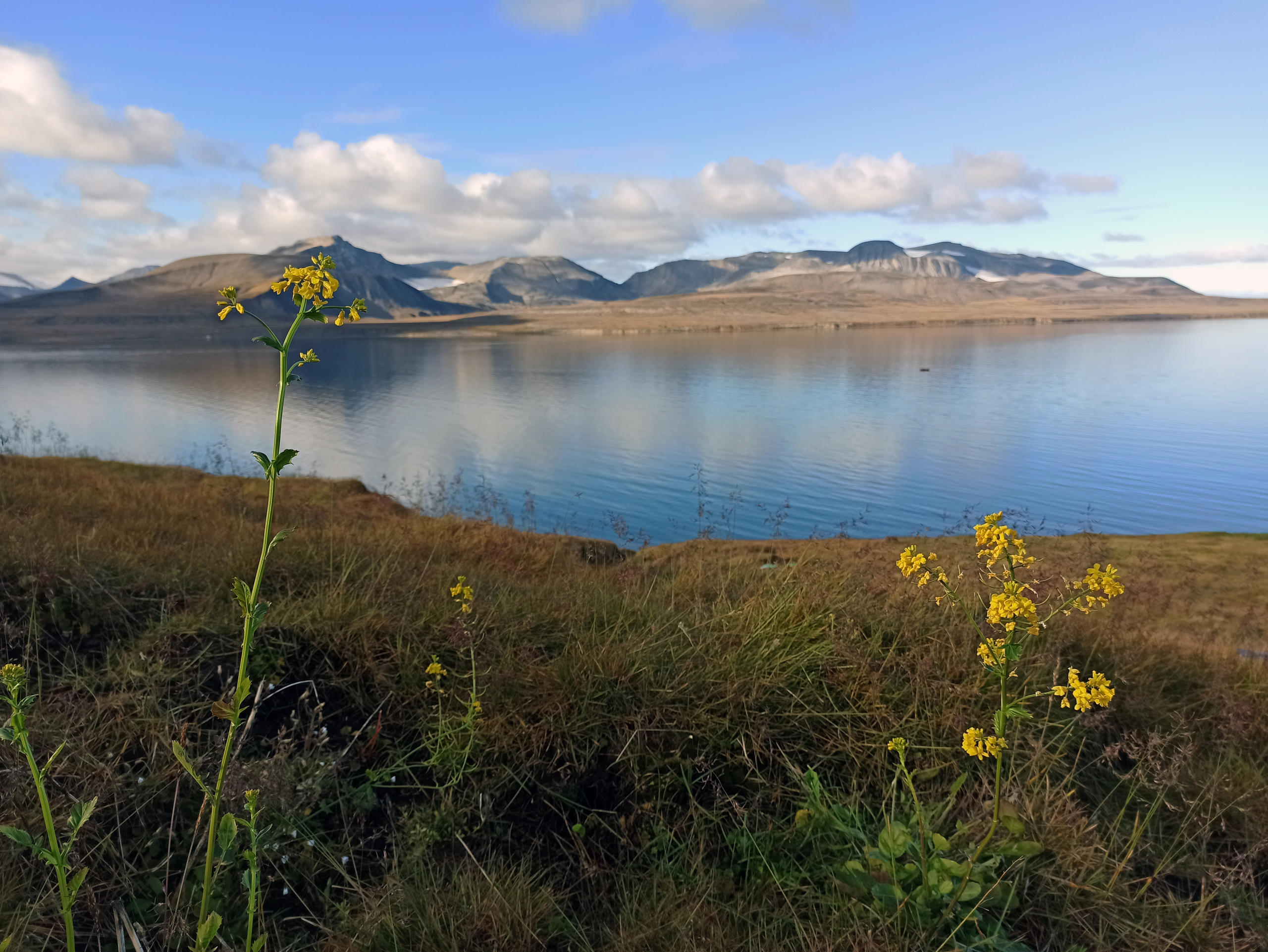
We were actually shocked to see how heavily modified these ecosystems in Svalbard already are and how effectively the newly introduced species suppress the growth of native plants, or even replace them completely. These species benefit from the nutrient-rich soils that the Russian mine workers once imported, and also from the additional nutrients from former animal stables or present-day dog yards, a piece of land next to people’s houses where many dogs for sledging (especially Huskies for tourist tours) are kept within a fence and live all-year round outside with small huts.
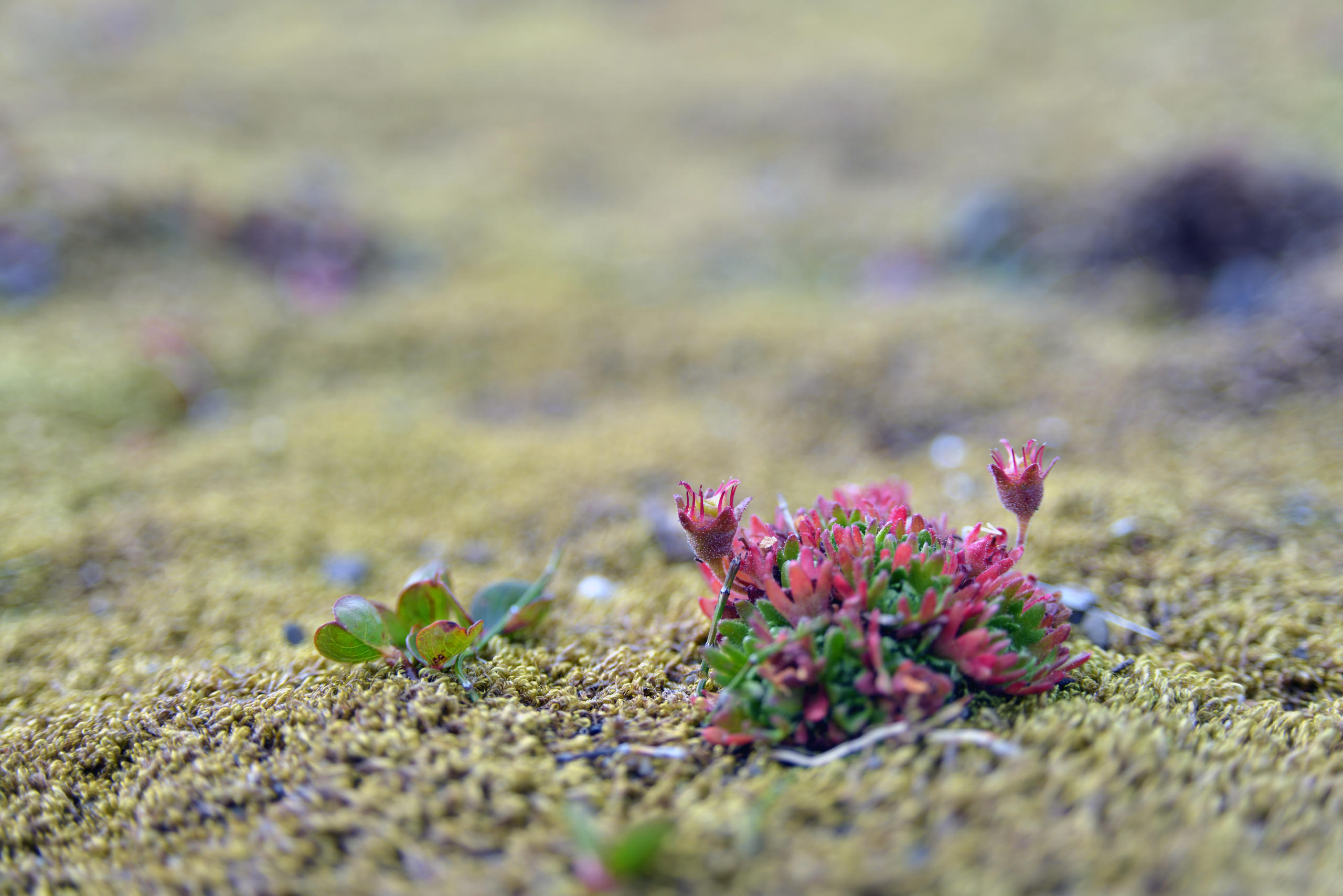
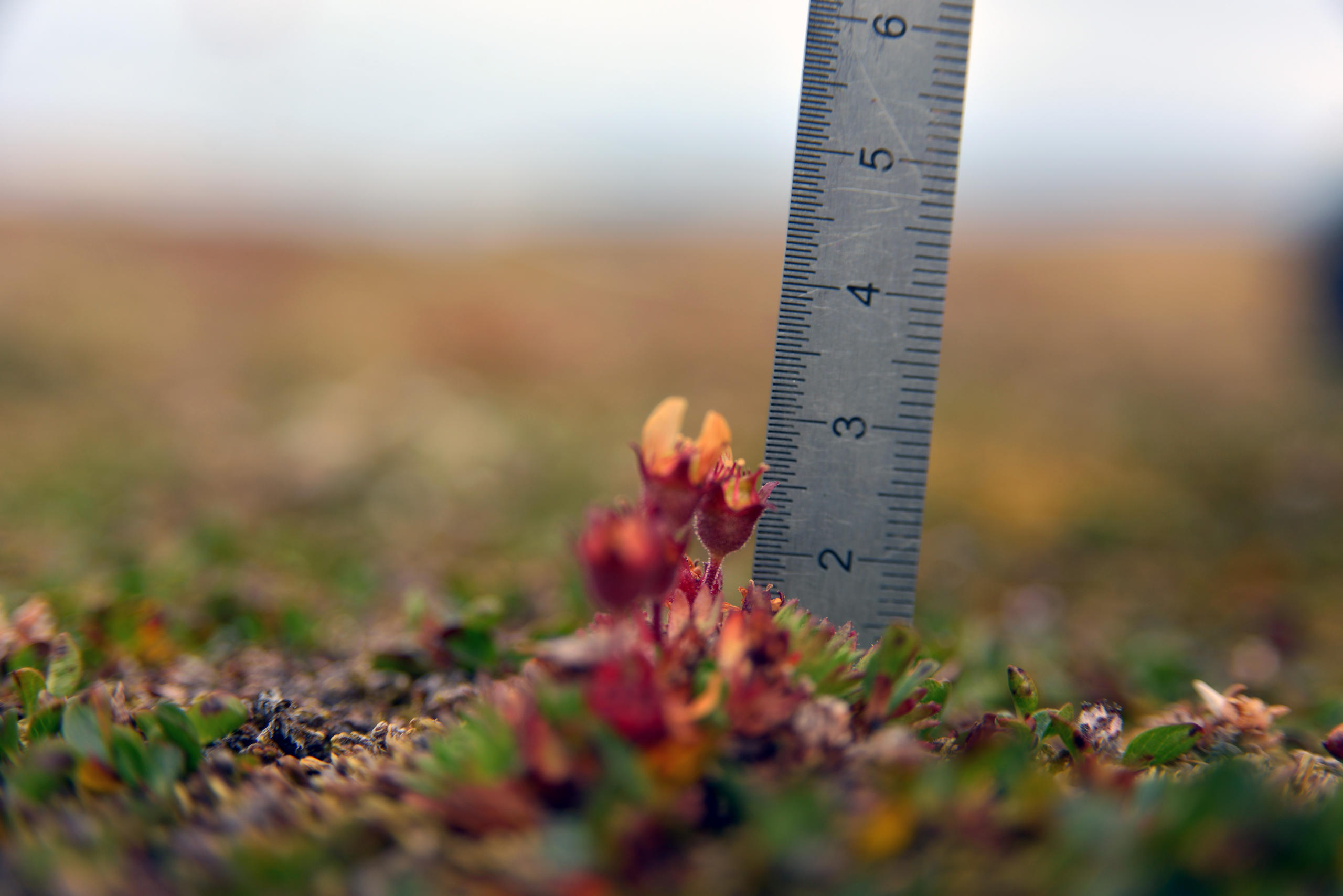
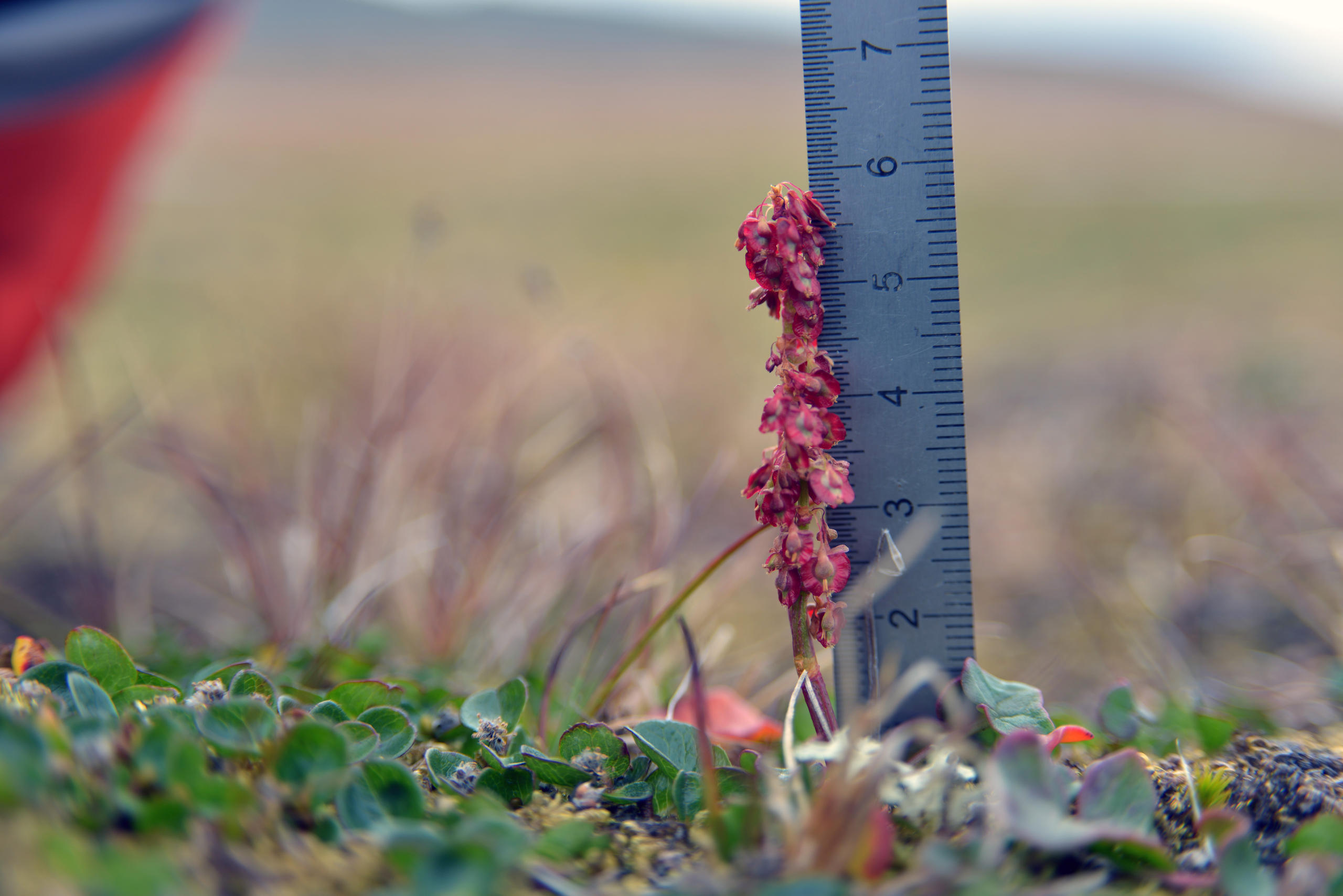
Climate warming further promotes the establishment and spread of these species. This is one of the reasons why we want to establish a greenhouse experiment in Zurich. We want to grow different plant species on different soil types and nutrient levels, under different temperature regimes. We mix native tundra species from Svalbard with native species that will expand their range with more favourable conditions, but also with non-native species as the ones from the settlements (yarrow, wintercress etc). Our aim is to find out how species respond to different treatments – to see how Svalbard’s ecosystems might change as the climate warms, and which species might benefit or be at risk.
For this experiment, Jana and Simone returned to Svalbard in late August to collect seeds and young plants. We realised quite fast how difficult it was to find enough seeds of the species we wanted to collect. Some were already done with seed production, others did not even start, or we just could not find enough individuals.
Also, the weather had already changed in the two to three weeks between the first field trip and the seed collection. Temperatures had dropped, it rained more, and the first snow was already visible on the top of the mountains. Luckily, we mostly worked near the town of Longyearbyen. So we were able to go to our favourite café “Fruene” for our lunch breaks. The delicious meals and hot tea warmed us up for the next seed hunt.
Scroll down to read earlier entries from Lena, Sigrid and Jana. To receive future editions of this blog in your inbox, sign up for our science newsletter by putting your e-mail address in the field below.
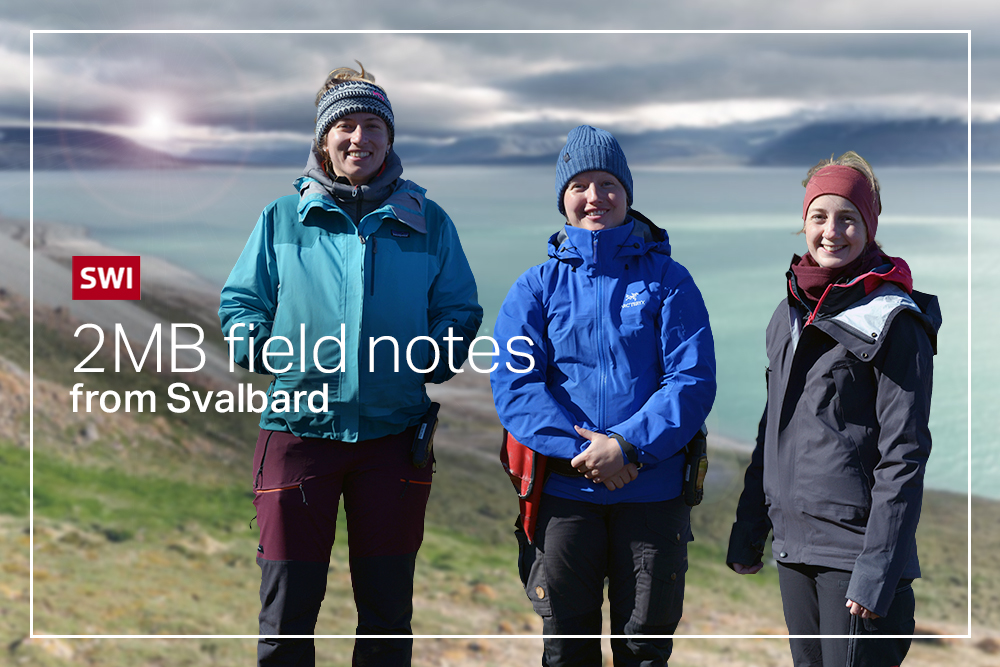
More
2MB field notes from Svalbard

More
Climate change, even in the remote Arctic?
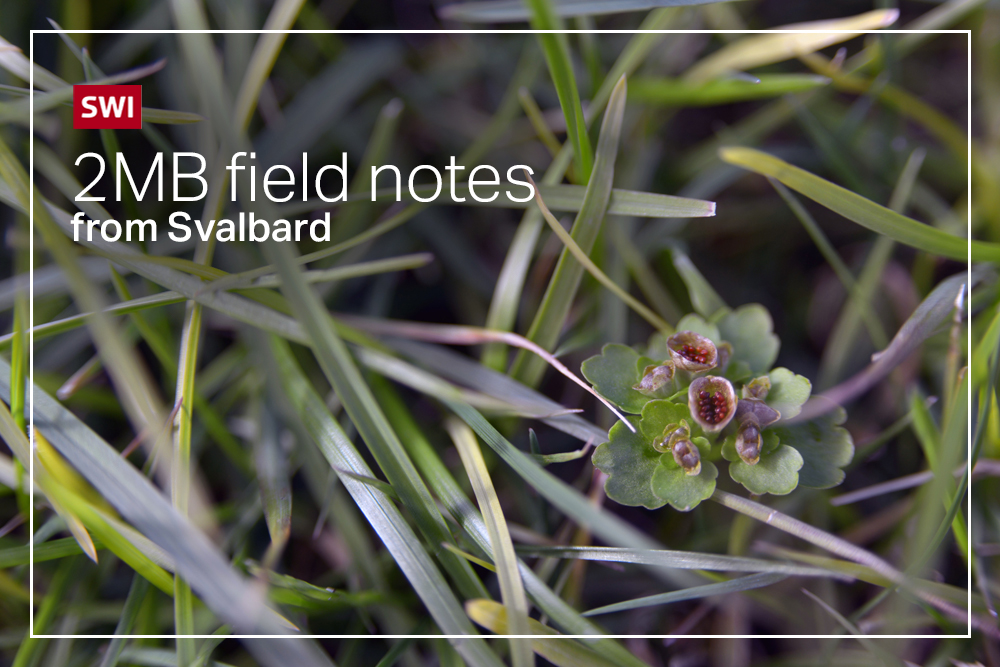
More
The links between human settlements and Arctic greening

More
Droppings of Arctic seabirds enrich the environment
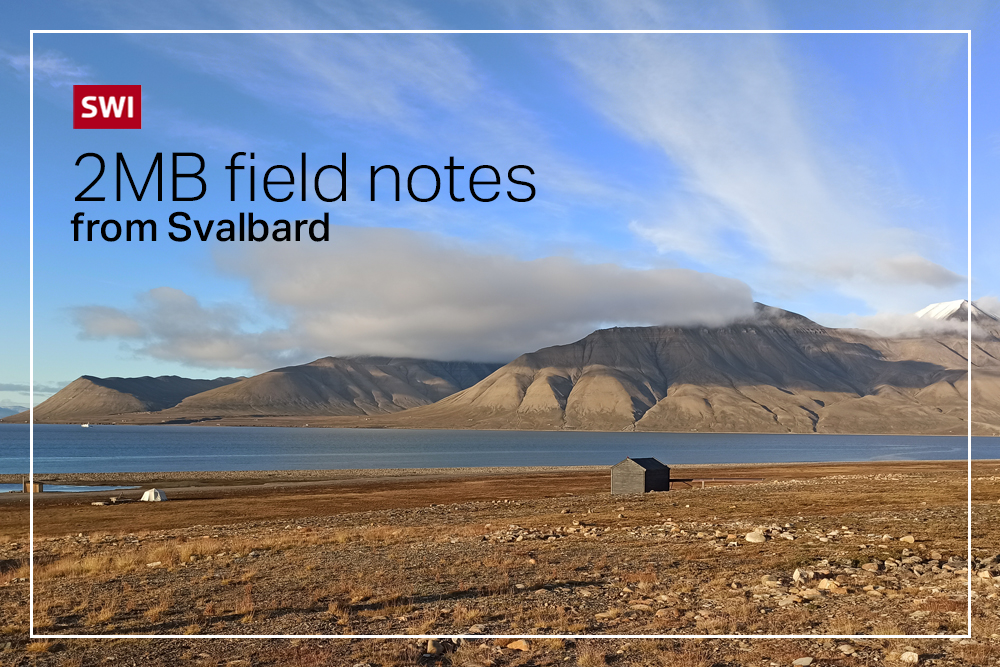
More
The challenges of research in treeless landscapes

In compliance with the JTI standards
More: SWI swissinfo.ch certified by the Journalism Trust Initiative










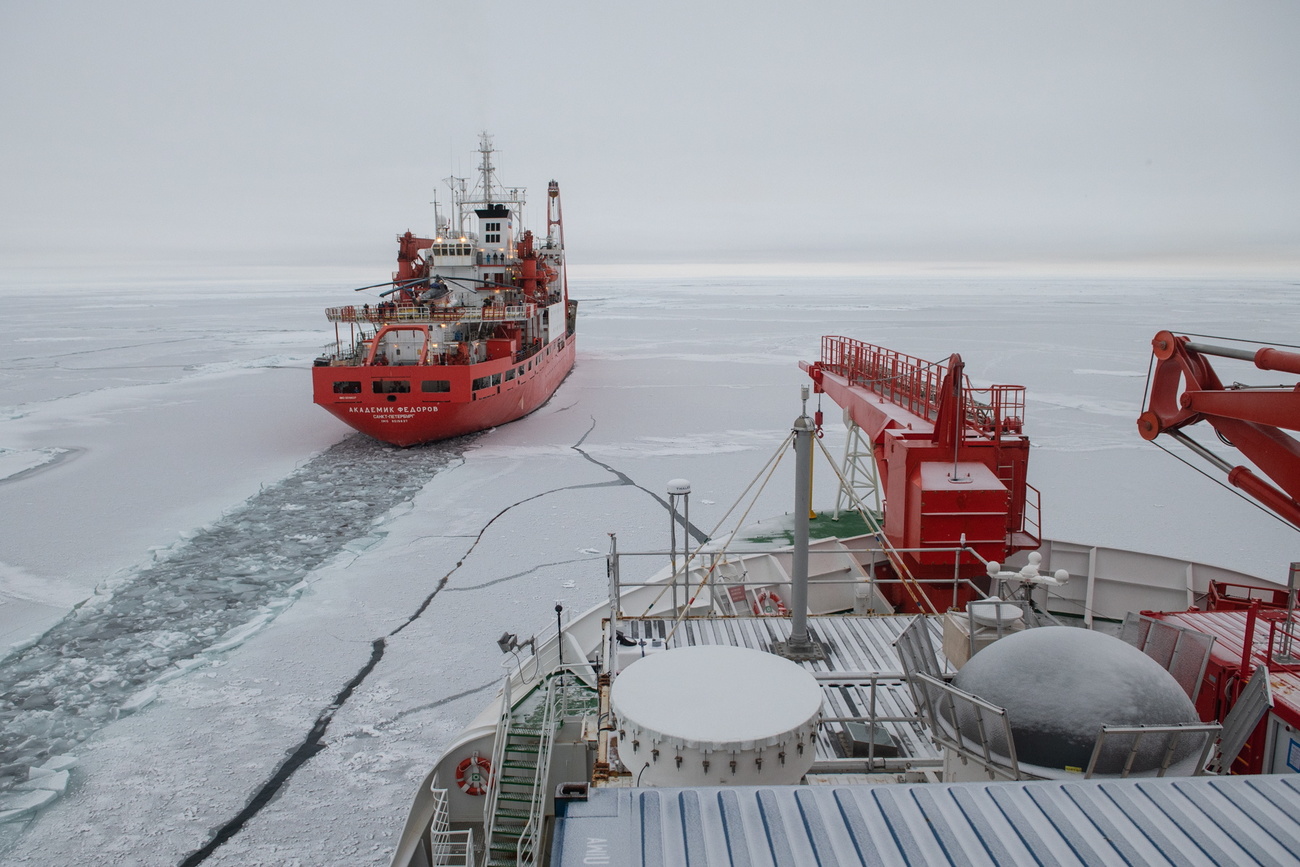
You can find an overview of ongoing debates with our journalists here . Please join us!
If you want to start a conversation about a topic raised in this article or want to report factual errors, email us at english@swissinfo.ch.